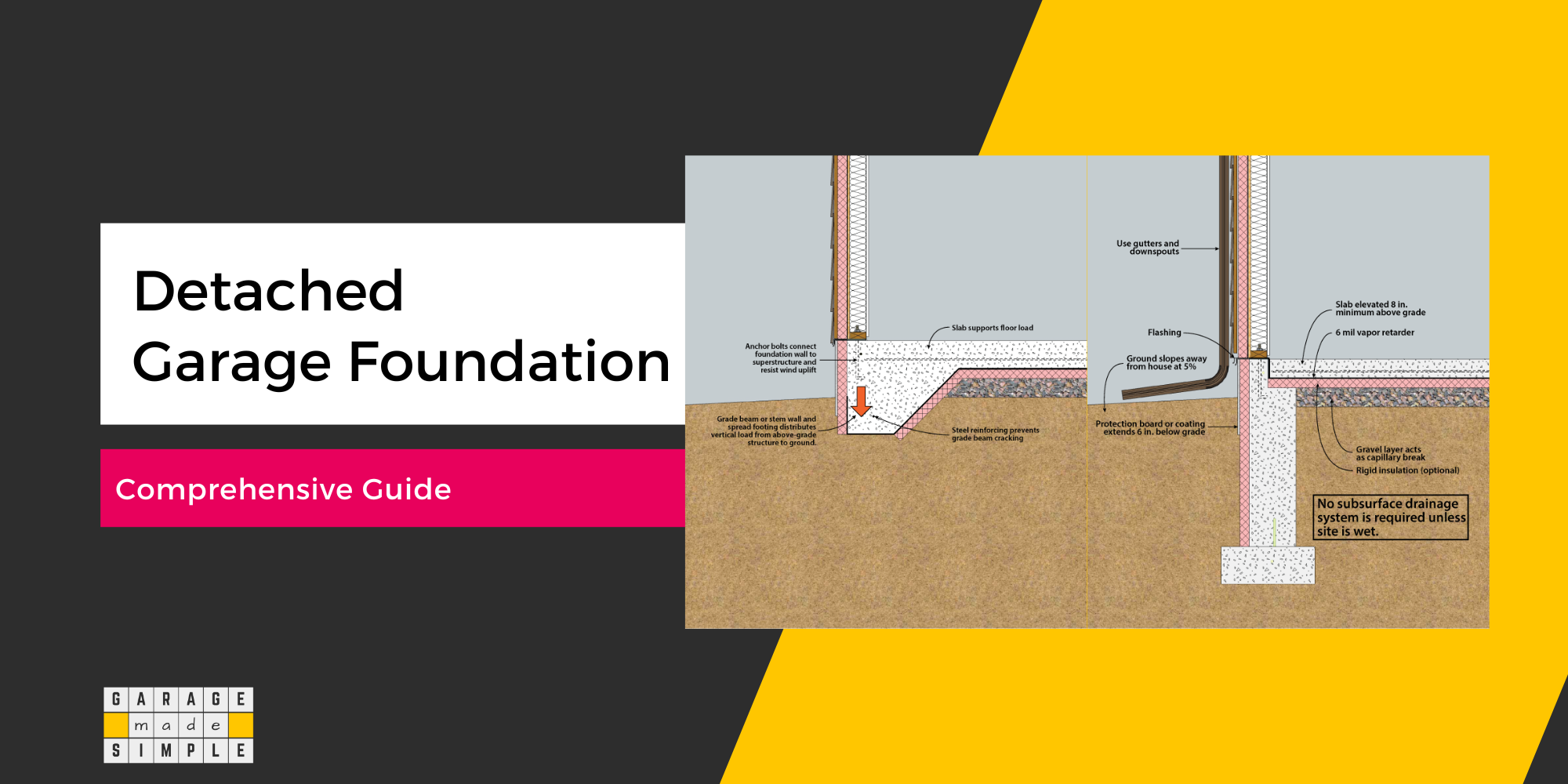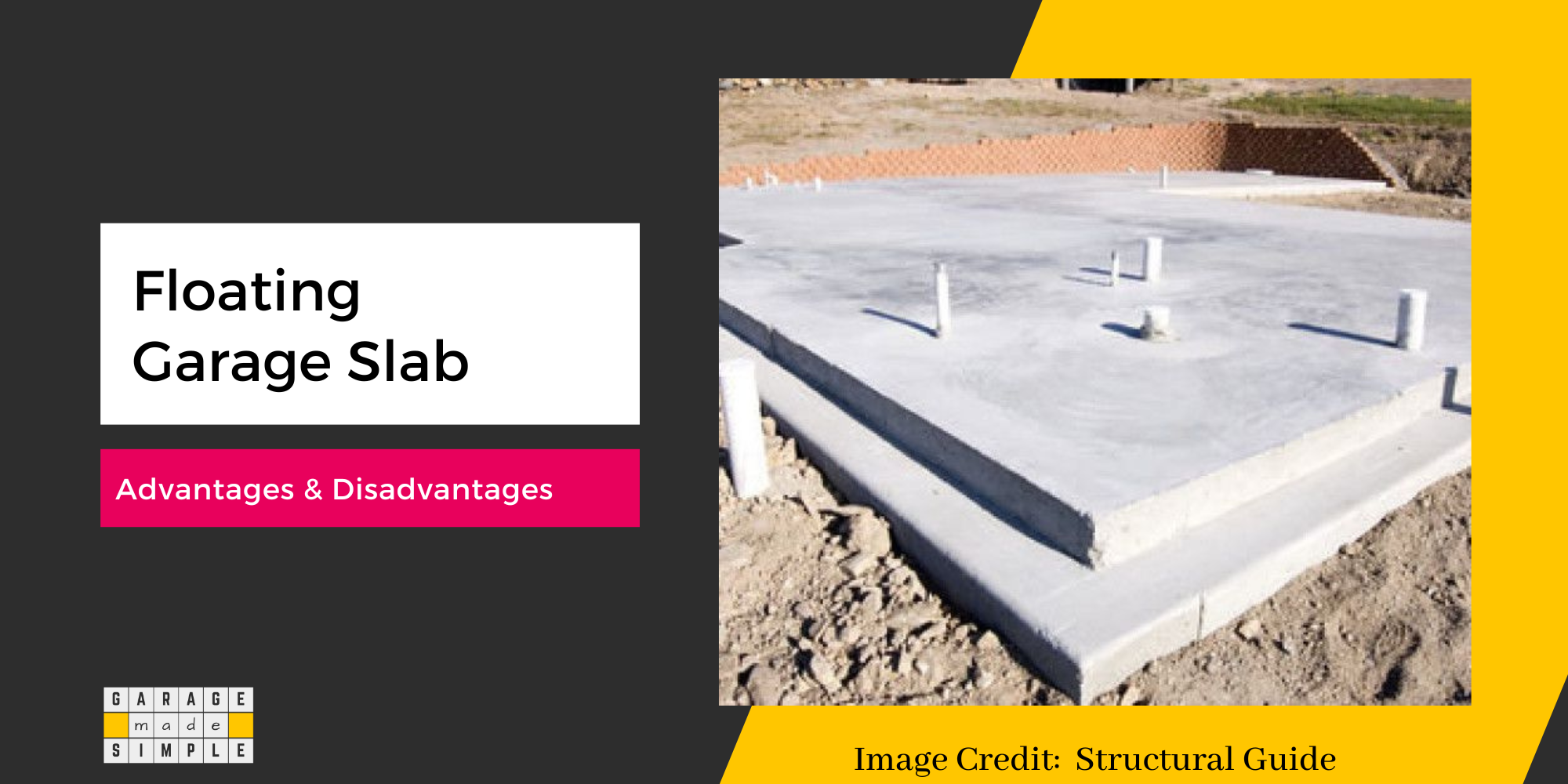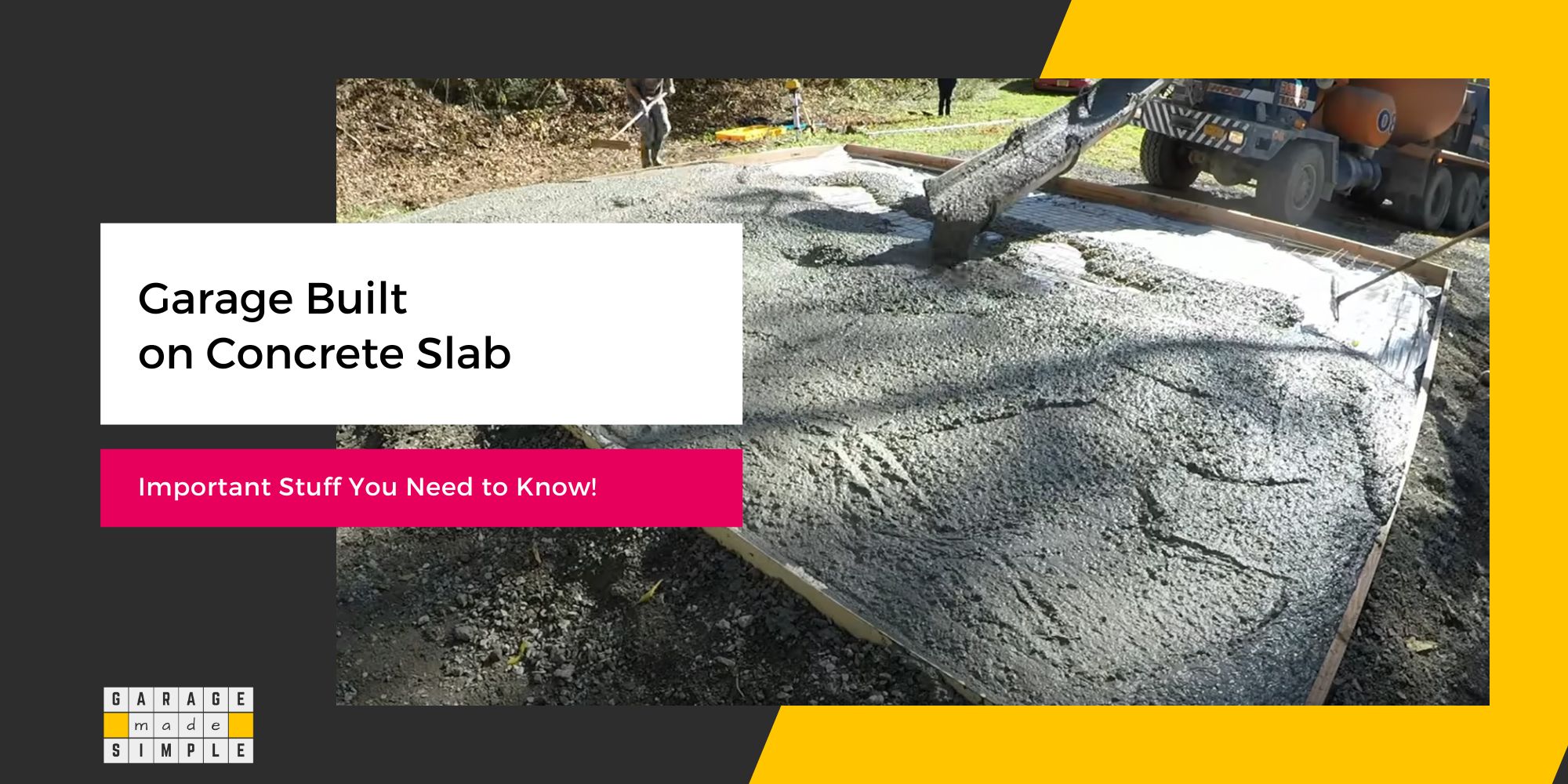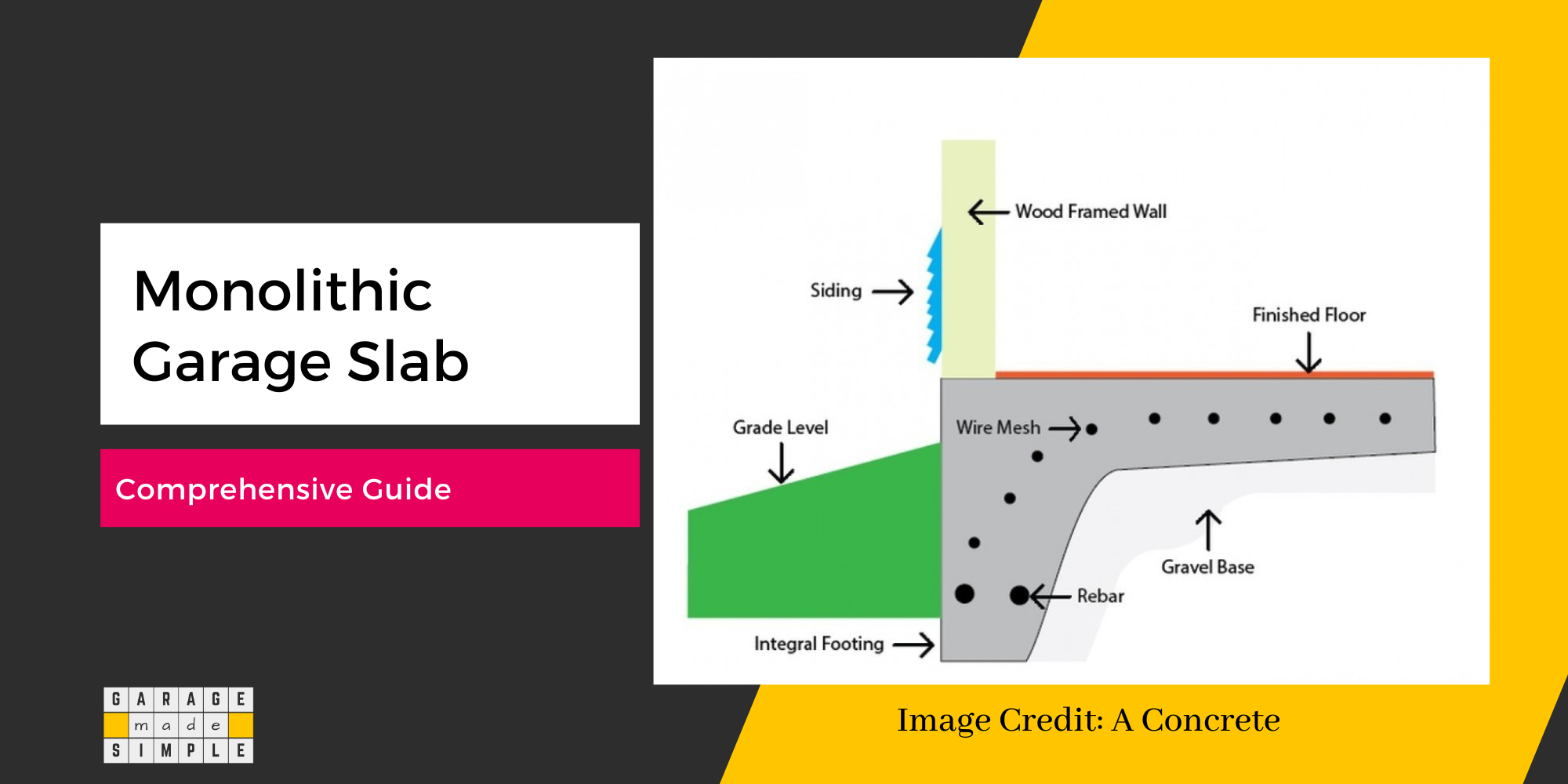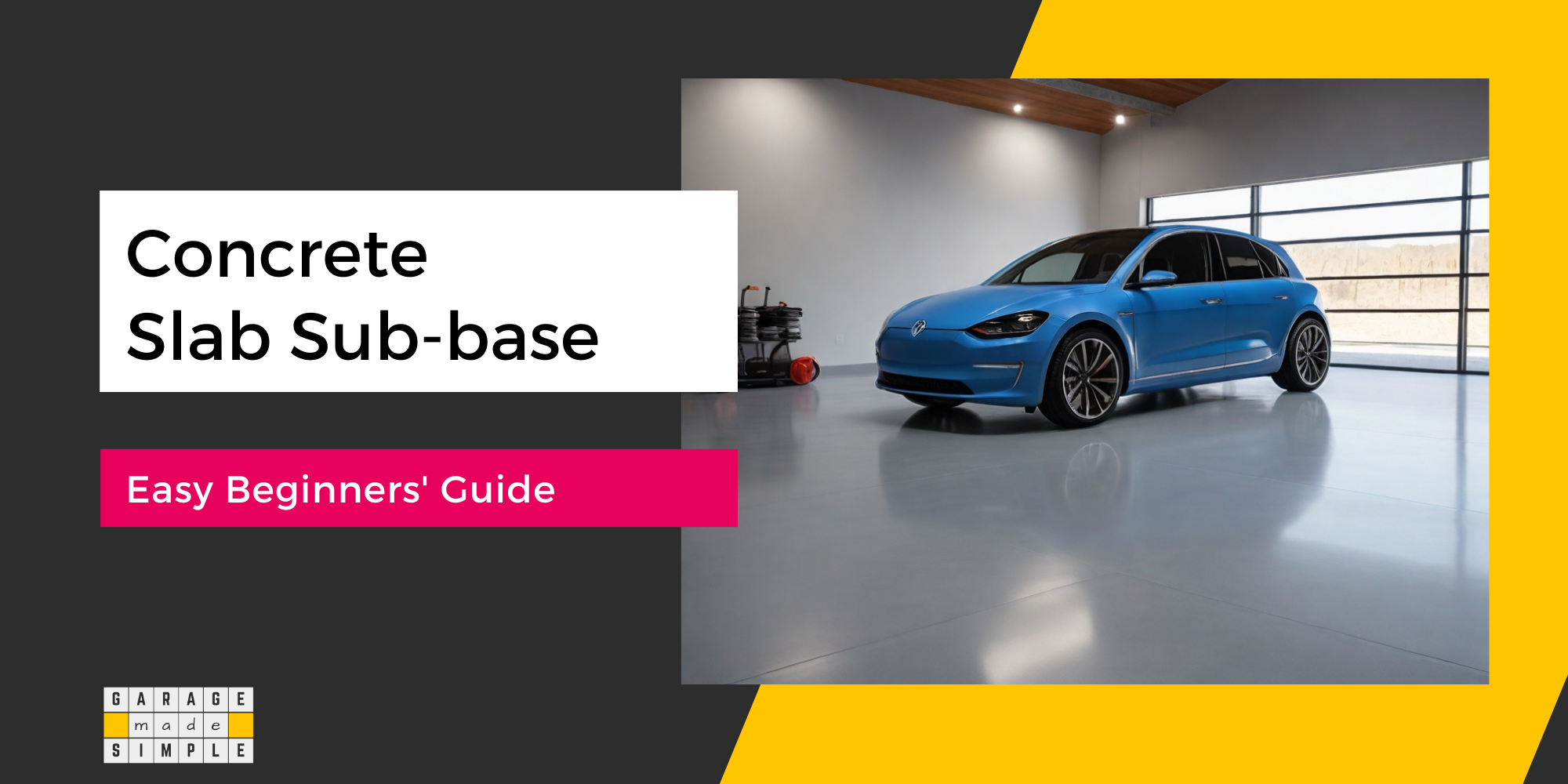The Real Reasons for a Vapor Barrier Under a Concrete Slab in 2024
As an Amazon Associate, I earn from qualifying purchases.
Do I Need a Vapor Barrier Under a Concrete Slab?
According to the building code, installing a vapor barrier under a concrete slab is not necessary. However, the placement of a vapor barrier under a concrete slab will help increase its life. Here is how:
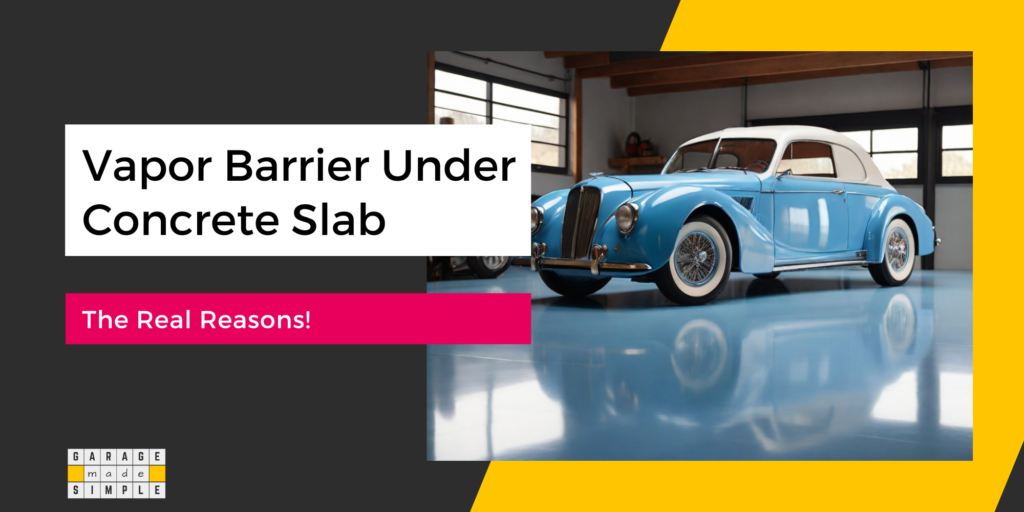
A vapor barrier is a film with low permeability. It prevents the migration of moisture from an area of high concentration to an area of low concentration. When you place a vapor barrier under the concrete slab, you prevent the ingress of moisture into the concrete slab from the grade below.
The moisture content of the grade can increase sharply in case of high precipitation levels. Groundwater tables can rise due to heavy rains, snowfall or even flooding in neighboring water bodies such as rivers and lakes.
Concrete is very porous. Moisture in the grade is sucked up by the concrete slab under the garage floor by capillary action. This is highly detrimental to the structural integrity and longevity of concrete. The use of an effective vapor barrier between the base and the concrete is the only possible deterrent.
How Does Concrete Deteriorate from Water?
“The most destructive agent of concrete structures and components is probably water”.
Quote from Wikipedia
Water, essential for concrete curing, becomes a mortal enemy after the concrete has cured. Water ingress into the concrete will hurt it in every way it can.
Acidic Chemical Corrosion
The earth below the concrete slab has several chemicals such as sulfates, chlorides, and carbonates, which react with water to form weak acids.
The acid may be weak but corrodes both the aggregates and the steel reinforcement over time. The concrete loses its strength.
Alkali Silica Reaction (ASR)
The earth below the concrete slab also has several alkaline chemicals such as sodium and potassium oxides. In the presence of water, they form alkalis such as sodium hydroxide and potassium hydroxide.
Alkalis that permeate into the concrete react with silica in the aggregates to form a hygroscopic gel. The gel expands, stressing the aggregates and even cracking them.
Freeze-Thaw Cycle
Groundwater sucked into the concrete by capillary action will freeze when night temperatures drop below freezing. Ice has a higher volume than water and hence exerts outward pressure on the concrete structure.
During the day, when temperatures rise, the ice melts and the pressure is released. This freeze-thaw cycle creates a cyclical stress on concrete. Even relatively low levels of stress can ultimately lead to failure, over a longer time period.
The role of the vapor barrier is to prevent groundwater from penetrating the concrete slab and weakening both the concrete and the rebar reinforcement.
Code for Vapor Barrier Under Concrete Slab
Section 1907 of the 2021 International Building Code (IBC) lays down the “Minimum Slab Provisions”. The section requires that a polyethylene vapor retarder (the correct name for vapor barrier) be installed between the base or the subgrade (as the case may be) and the concrete slab.
However, the section also has a list of exceptions which includes detached structures such as garages, utility buildings, and other unheated facilities
Reading between the lines, I believe that the list of exceptions is for slabs in structures that will have negligible occupancy and are unheated and uninsulated.
The code intends to keep the occupants safe. It does not concern itself with the performance and longevity of the concrete slab itself. Even though the code does not require it, using a vapor barrier under the concrete slab of a garage floor will prevent concrete degradation.
Minimum Thickness of Vapor Barriers
The code specifies a 6 mil vapor retarder. Of course, this is the bare minimum thickness. The effectiveness of a vapor barrier is measured in “perms”.
In the USA, a perm is defined as 1 grain of water vapor per hour, per square foot, per inch of mercury. The lower the perm rating, the more effective the vapor barrier. So it is about the perm rating rather than the thickness of the vapor barrier.
A 10 mil vapor barrier is a good option for a concrete slab as it has a low enough perm rating and is also strong enough not to puncture easily. A good example is STEGO® WRAP CLASS A VAPOR RETARDER (10-MIL) with physical properties as under:
- Water Vapor Permeance: 0.0254 perms
- Puncture Resistance: 3,006 grams
- Tensile Strength: 50.6 lbf/in
- Thickness: 10-mil
Where Do You Put Vapor Barrier Under a Concrete Slab?
Quite often a vapor barrier may be used but fails to be effective because it has been placed incorrectly.
The simple rule of correct placement of a vapor barrier must be such that it is in direct contact with the concrete slab. In other words, the vapor barrier should be laid on top of the base and the concrete should be poured directly on it.
A vapor barrier, correctly installed, plays a vital role in increasing the concrete slab’s lifespan!
Thank you very much for reading the post. I do hope you found it informative and useful.

